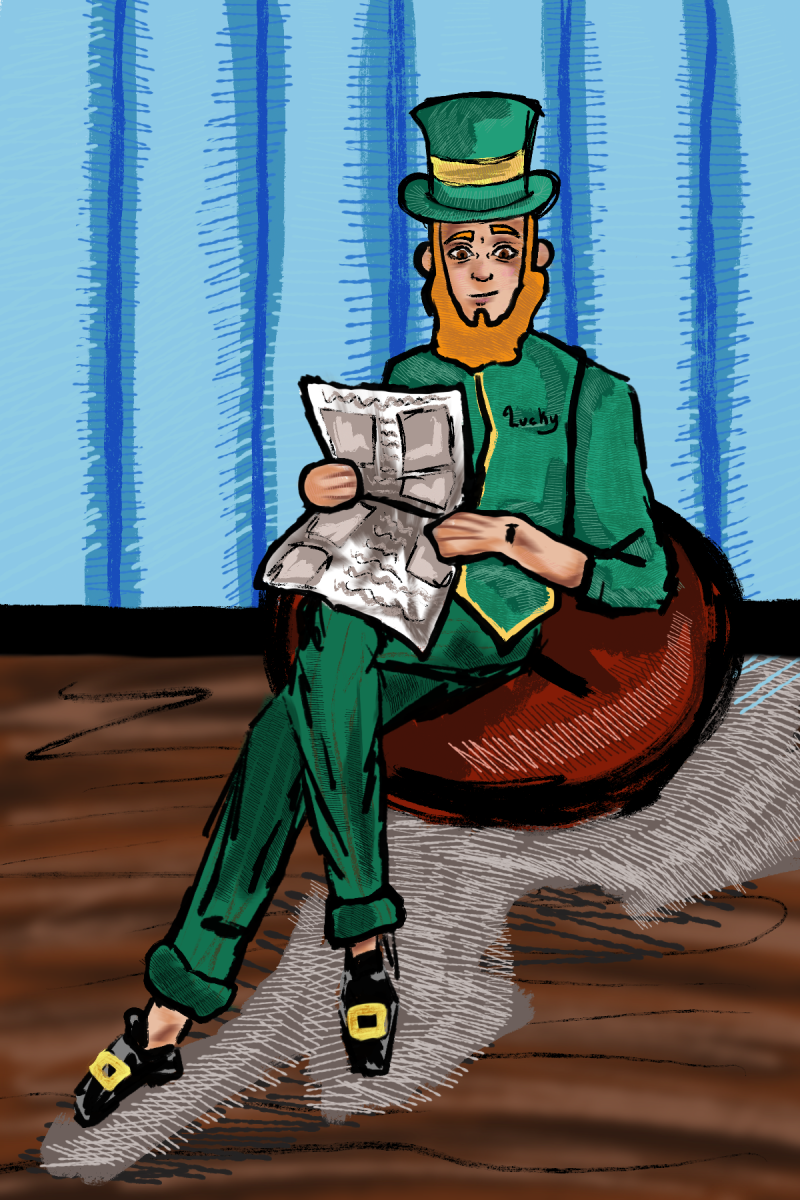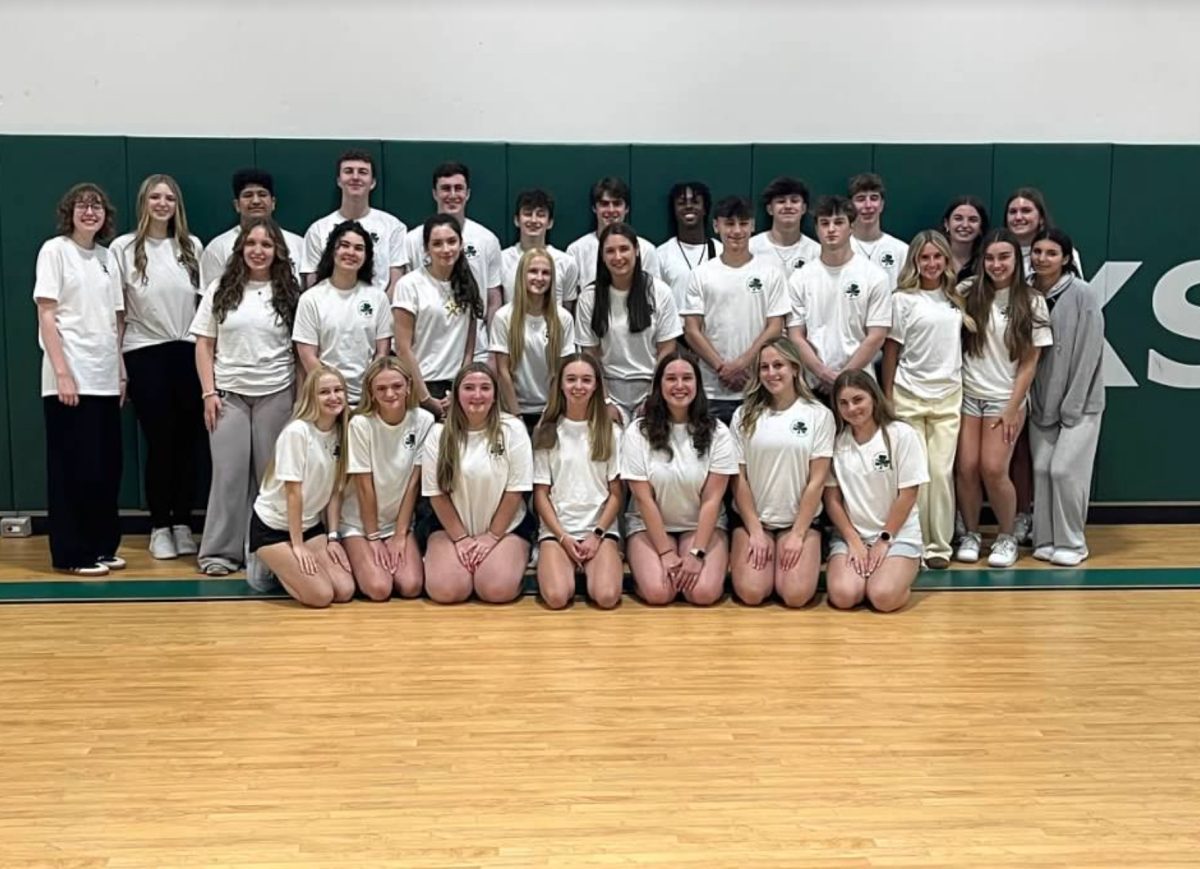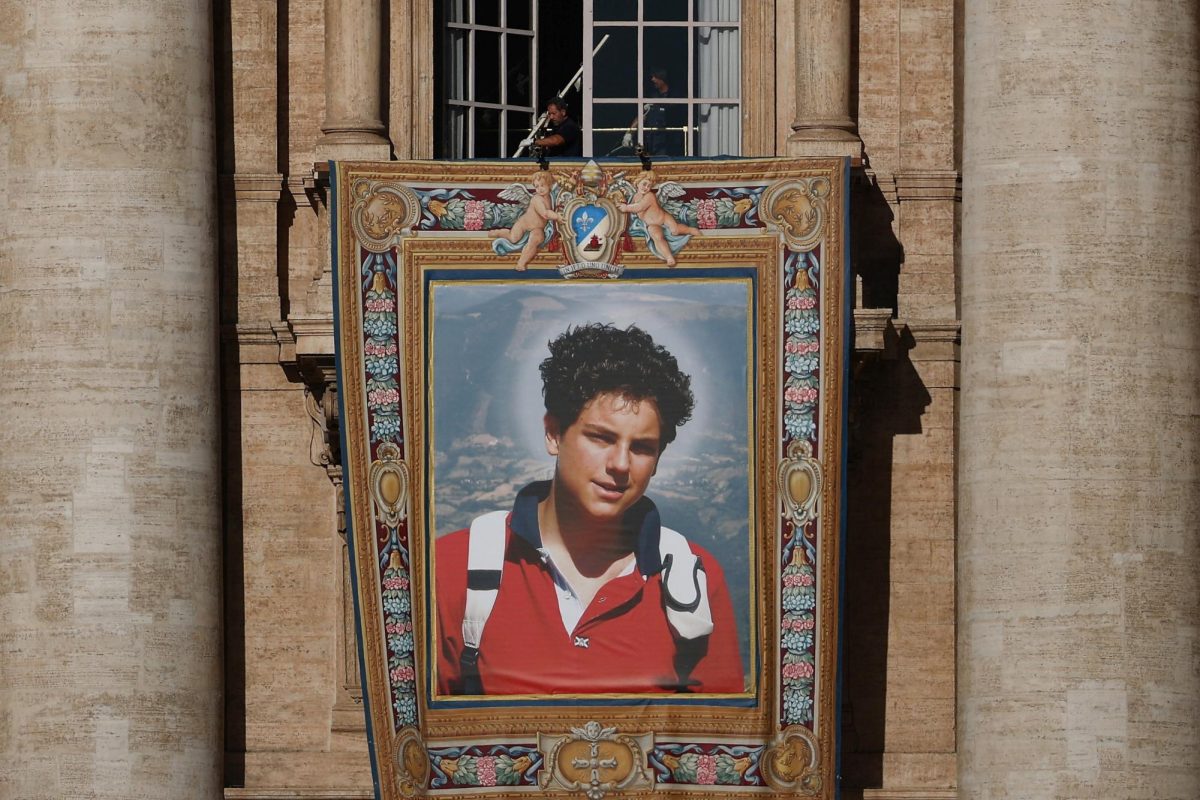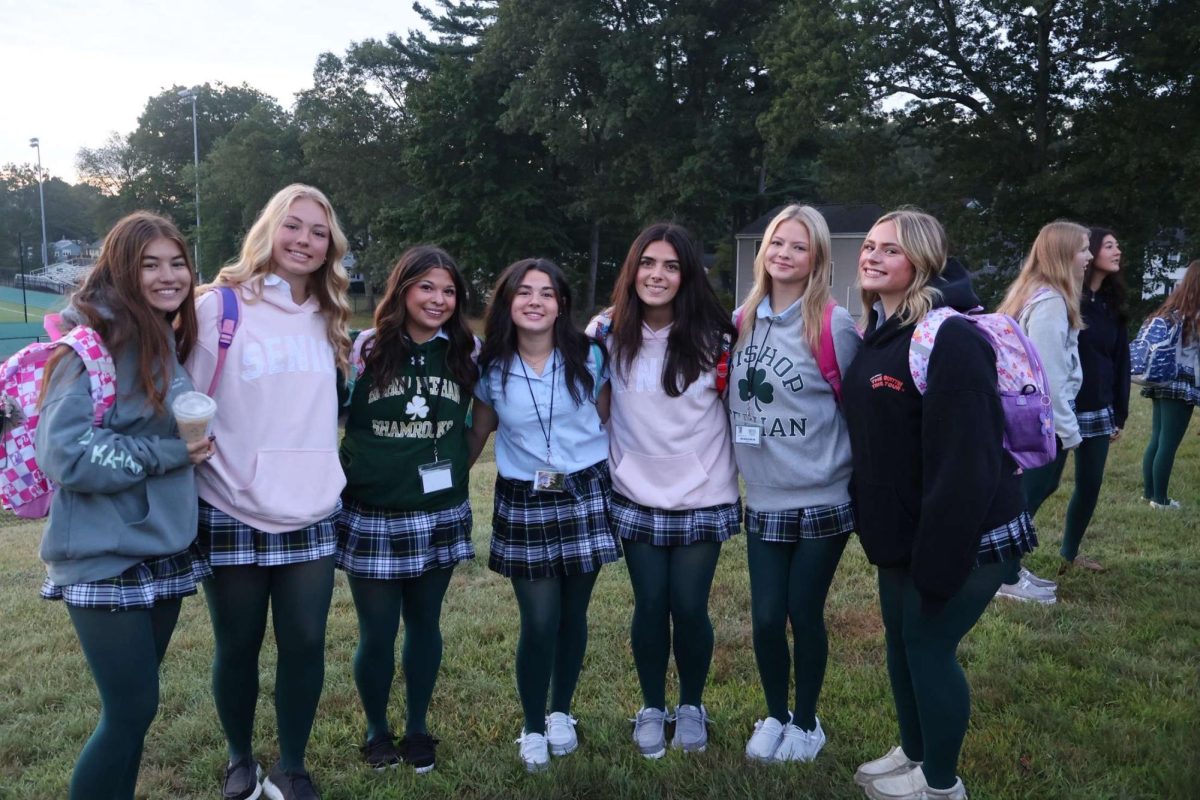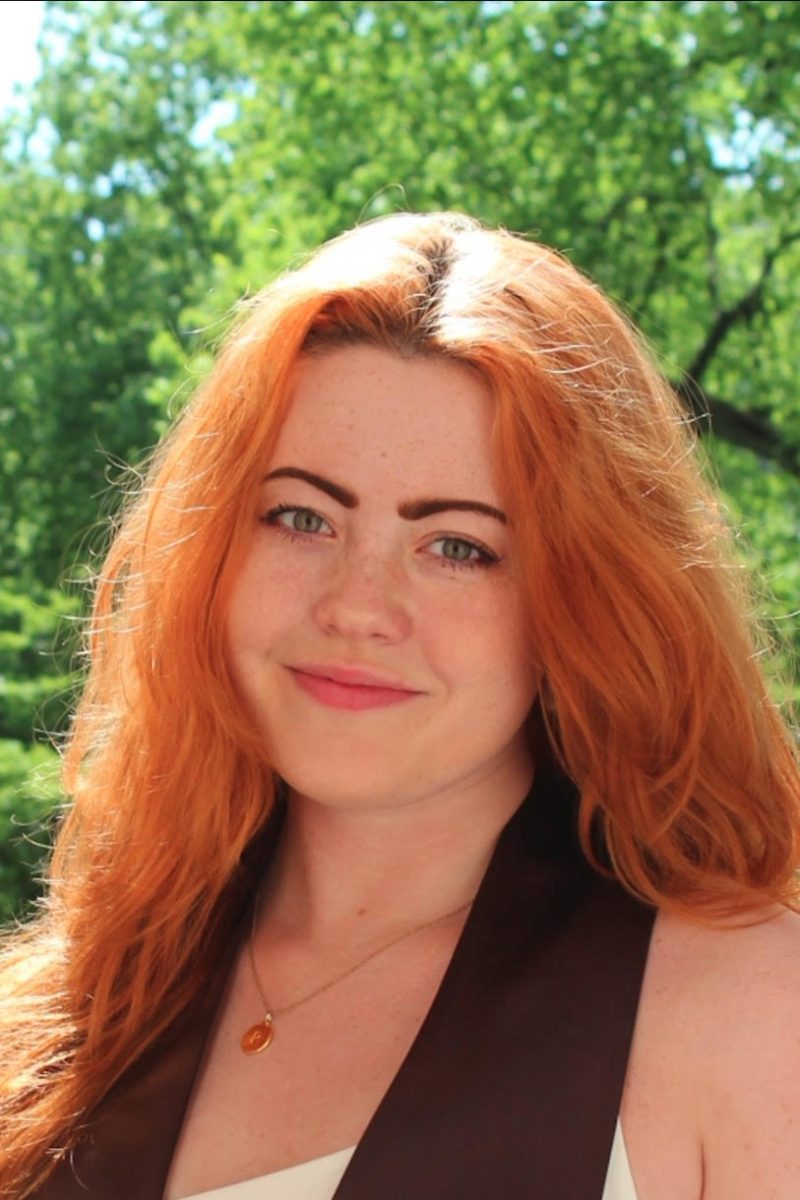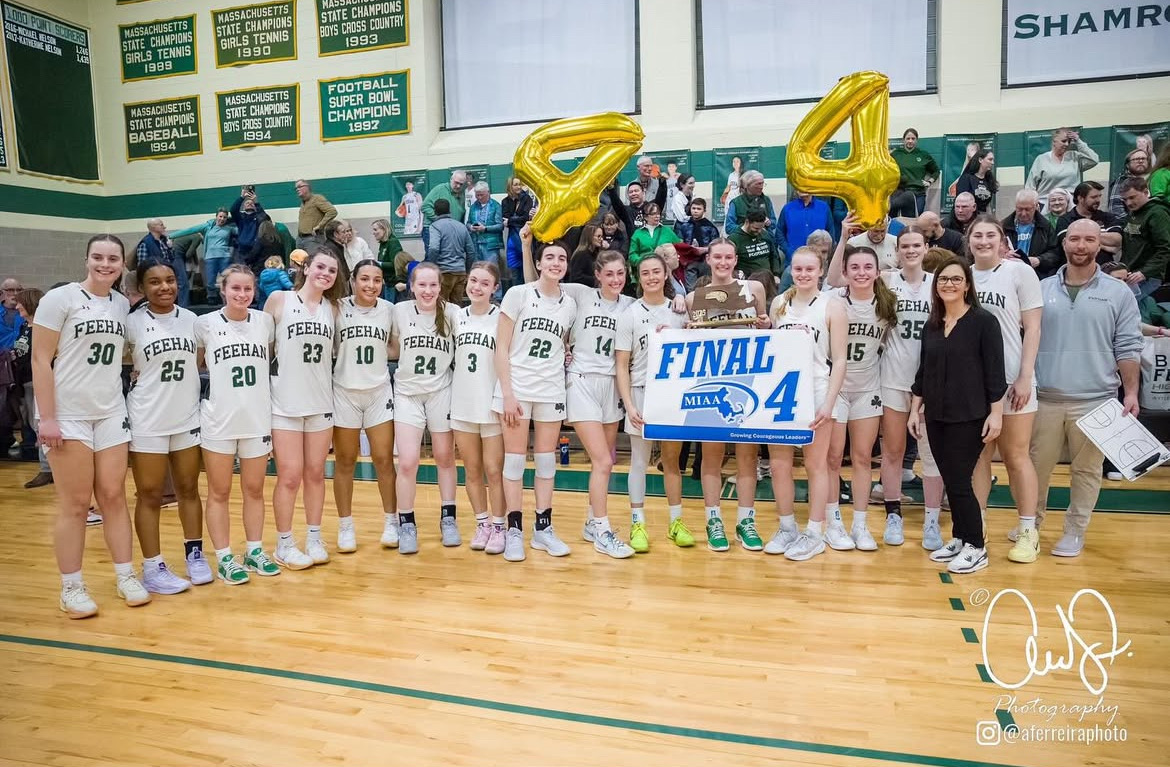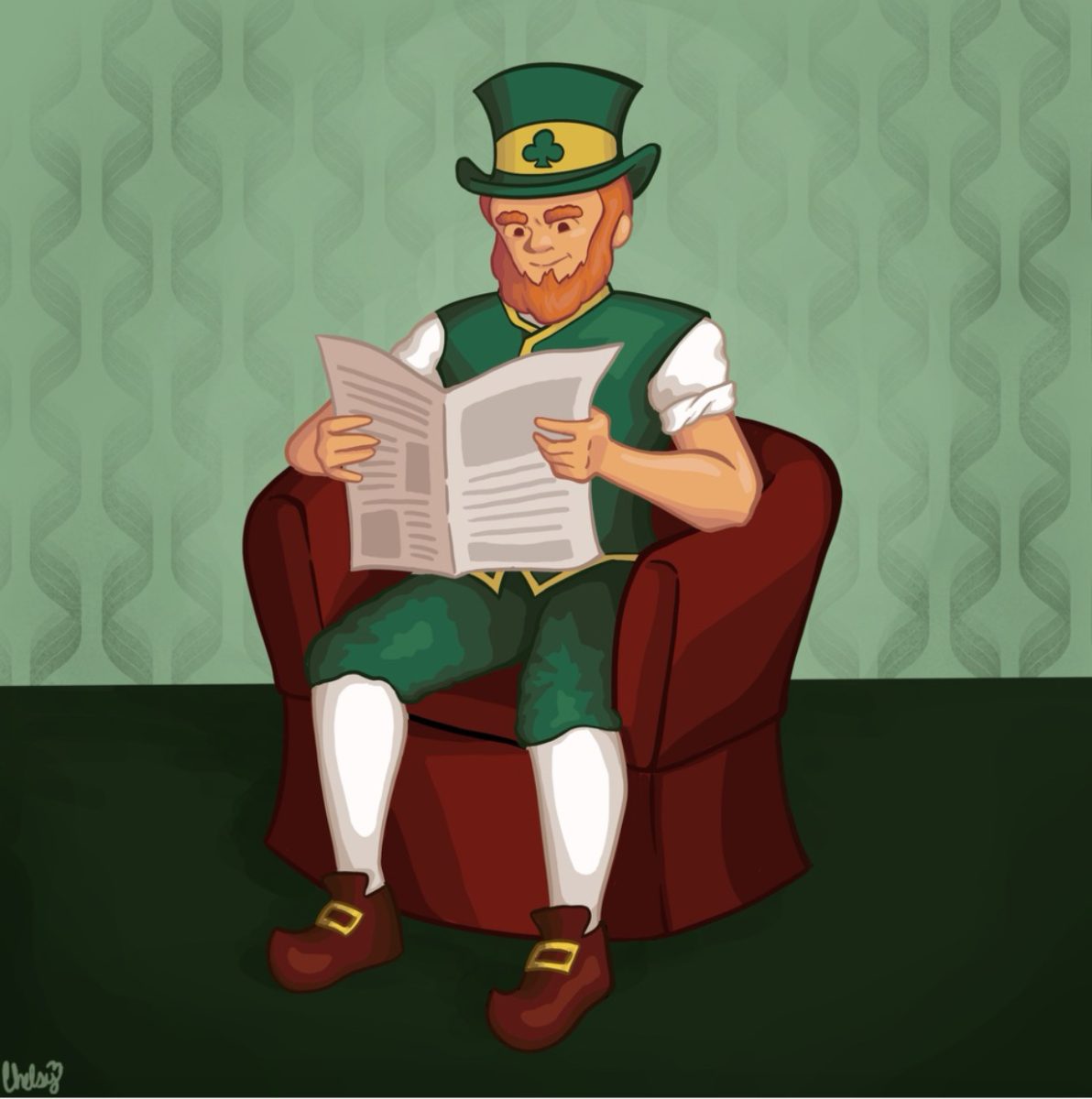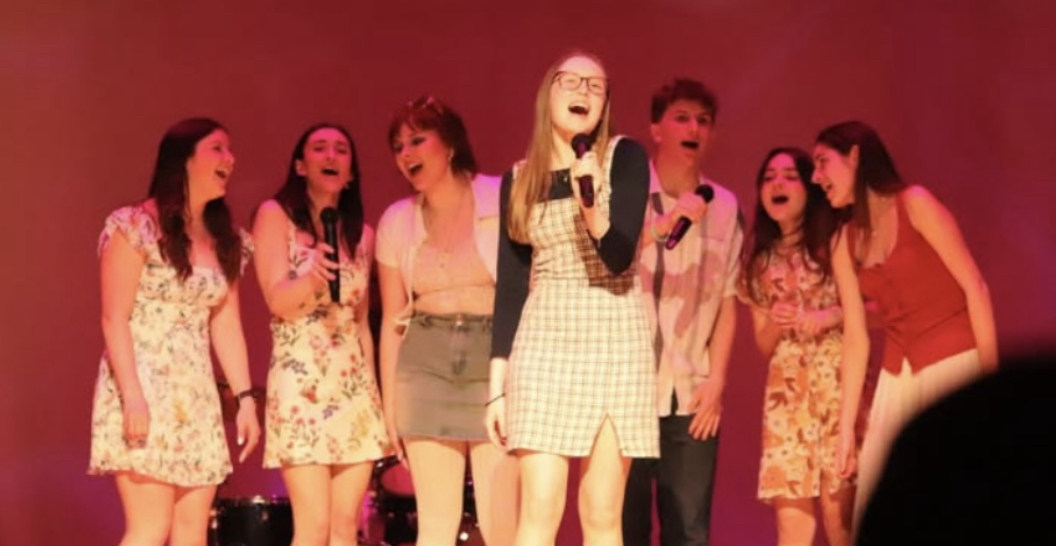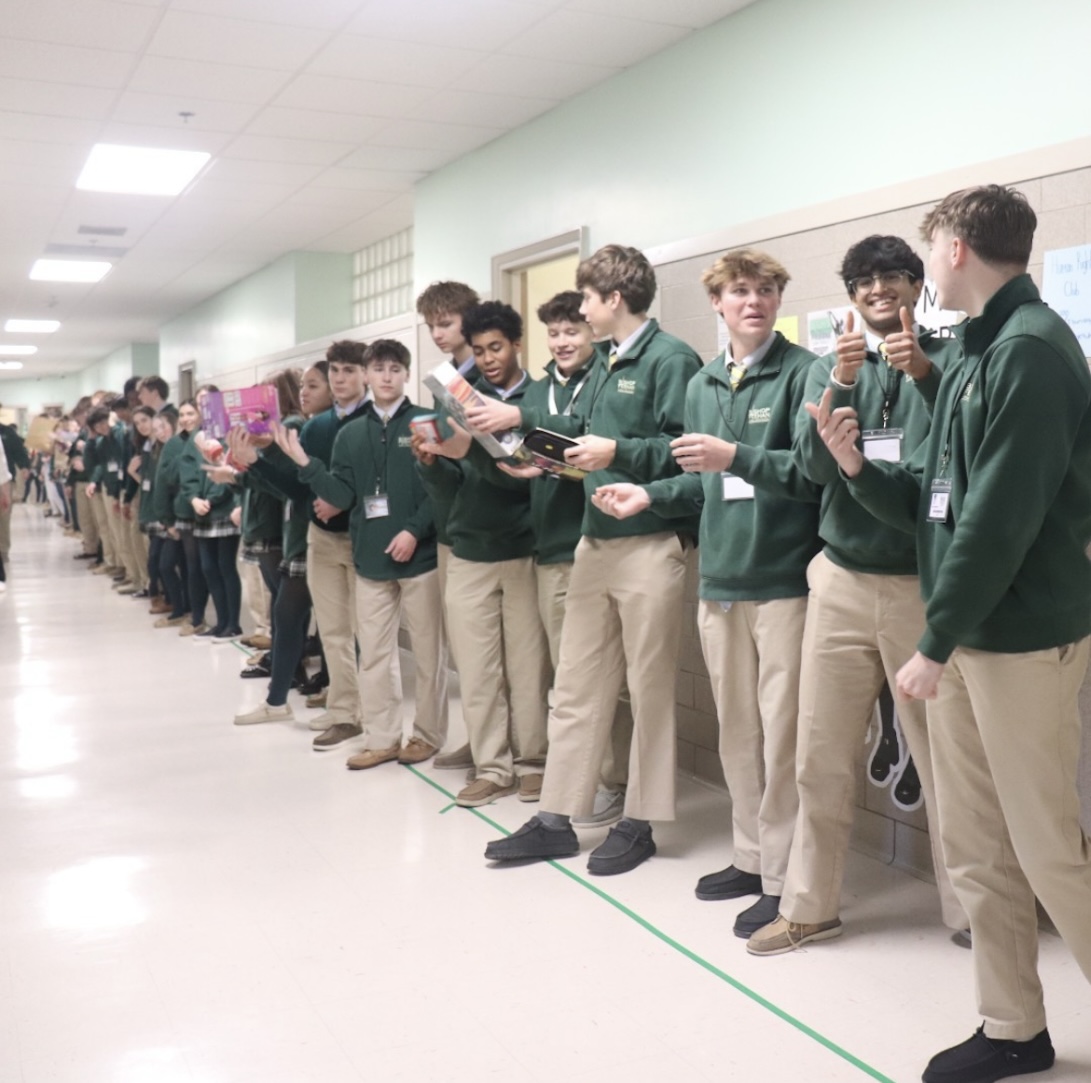The beloved day is approaching where kids dress up as their favorite television character or animal and head out for the night to collect candy throughout their neighborhoods. While M & M’s and Reeses are delicious and trick-or-treating is exciting, where did this tradition come from?
Over 2,000 years ago, a European tribe called the Celts began the celebration of Samhain. On October 31, the Celtic people gathered together to mark the end of summer and the beginning of the “dark half of the year.” The belief was that on this day, the barrier between the physical and spiritual world would fall and the members of both sides could communicate with one another. In order to protect themselves during this time, the Celts would leave offerings outside the village for the Sidhs, or fairies. To prevent kidnapping, they would dress up as animals and monsters. In addition to warding off the spirits, the Celtic people lit bonfires and burned crops as an offering in return for protection from the looming, harsh winter.
In the Catholic religion, Halloween is rooted in All Saints Day. All Saints Day is celebrated on November 1st, honoring the saints who were deemed to now reside in heaven. While this day is set aside to honor the martyrs, people began to pray on All Hallows Eve for those who were stuck in purgatory. They sent up prayer for the dead and souls who were trapped and not yet welcomed into heaven. This act of praying for the dead prompted the essence of Halloween.
The modern celebration of Halloween displays aspects of both the Celtic tradition and the Roman Catholic tradition. People dress up as animals and characters, drawing from the Celts. The emphasis on ghosts and souls that are integrated into present-day Halloween traditions is rooted in Catholic’s All Hallows Eve. As people begin putting up elaborate decorations of skeletons and ghosts, it is important to remember the roots of Halloween—praying to the spirits and for the dead to bring good fortune to both the dead and alive.

